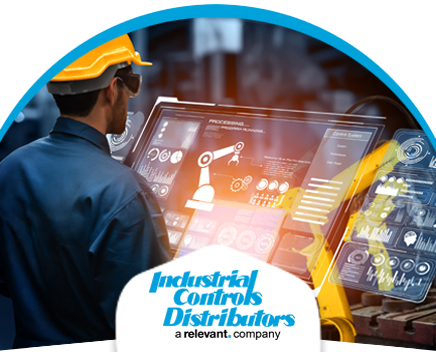Industrial Controls Online has changed...
In 2022, RICD took a giant leap forward in expanding our capabilities and strengthening our position in the industry by forming powerful partnerships. Rawson and the Industrial division of Industrial Controls joined forces with Relevant Solutions, and the Commercial division has aligned with BC&S. This merger allows us to offer a wider range of products and services, and to be even more responsive to the needs of our customers. With these strategic partnerships, we are now better equipped than ever before to help our customers achieve their goals and drive their success.
It’s a win-win for everyone – more options and more expertise at your fingertips.

